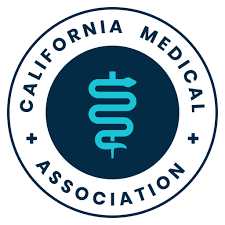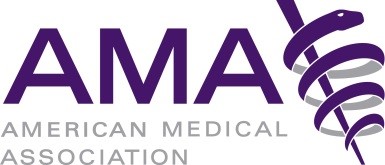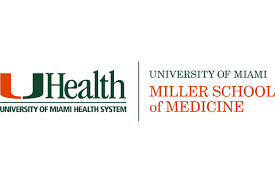
September 7, 2023 – Sacramento – The California Medical Association (CMA) and the American Medical Association (AMA) have filed a joint amicus curiae brief in support of California’s long-standing law that prohibits the use of the term “doctor” or the prefix “Dr.” by anyone other than California-licensed allopathic and osteopathic physicians.
In this case, Palmer v. Bonta, et. al., three nurse practitioners with Doctorate of Nursing degrees are suing state officials to block California Business and Professions Code section 2054, so the nurses can call themselves doctors. The nurses claim they are not misleading patients because they use “doctor” and the title “Dr.” in conjunction with their nursing degrees. Such usage, they admit, is not permitted under the law. The lawsuit seeks to invalidate the law on the basis that it violates the nurses’ First Amendment speech rights.
In the brief, CMA and AMA emphasized that courts have repeatedly found a legitimate government interest in California’s 86-year-old statutory rule designed to protect Californians who interface with the health care delivery system.
“[The] courts have consistently relied upon a readily discernible goal of the Legislature to prevent confusion and potential harm to members of the public who may be misled into believing they are dealing with physicians whenever those terms are used by non-physicians,” the brief said. “The original purpose of [this law] remains as relevant and vital today as in 1937 when [it] was enacted.”
Physicians are educated and trained differently and more deeply and robustly than any other professional health care practitioner; and industry practice and the law continue to place physicians at the center of medical care. As it was in the early part of the last century, the public continues to view physicians as the pillar of health care and closely associates the term “doctor” or “Dr.” with physicians and surgeons.
“It should be no surprise that, in practice and under the law, physicians are placed at the center of the delivery of medical care and that there are special protections for the relationship between patients and their physicians,” the brief said. “The rigorous requirements for physician education and training aim to not just create practitioners to handle routine issues, but leaders in modern health care who are able to coordinate health care teams and solve complex medical issues, identify critical diagnoses, and render timely treatment decisions.”
The rigorous education and training regimen allows physicians to have a wider scope of practice than any mid-level practitioner, including specifically nurse practitioners. A misrepresentation of a practitioner’s level of licensing can jeopardize patient safety as a patient may mistakenly believe that the midlevel practitioner possesses the same level of training and qualification as physicians licensed by a California medical board.
With the different focus and requirements in their education and experience, a nurse practitioner’s approach to patient care can provide disparate outcomes from that of a medical doctor. For example, recent studies have found significantly increased levels of prescription of opioids and overprescription of antibiotics by nurse practitioners compared to physicians, especially when the nurse practitioner is not practicing under physician supervision.
When encountering the health care system, patients immediately confront an array of practitioners and acronyms that can cause confusion over the practitioner’s level of licensing, education, and training. In a review of over 2,000 primary care providers’ biographies, a published research article found 181 unique combinations of alphabetic acronyms next to the practitioners’ names. A survey found that 45% of adults surveyed did not agree that it was easy to identify who is or is not a licensed medical doctor by reading what services they offer, their title and other licensing credentials in advertising materials.
“Patients want and deserve clarity and transparency in who is providing their care as there are immense differences in the education, training, and qualifications among health care professionals. In health care settings, patients find it increasingly difficult to identify who is or isn’t a physician. The potential for confusion is especially heightened when non-physician health care professionals use terms that are customarily understood to refer to a physician, including ‘doctor’ or ‘Dr.,’” said AMA President Jesse M. Ehrenfeld, M.D., M.P.H. “Truth in Advertising laws have helped prevent this confusion, as well as potential harm to patients, who may be misled into believing they are being treated by a physician when they are not. It is imperative that we follow precedent and keep these laws in place to ensure patients have the basic information they need to make informed decisions about their health care.”
Research and empirical evidence based on medical practice today confirm the Legislature’s concerns that there is great likelihood for public confusion given the strong, widespread association between “doctor” or “Dr.” and physicians.
“While the laws delineating who can use the term ‘doctor’ have been on the books for decades, the public’s understanding of the physician-patient relationship goes back much further than that,” said CMA President Donaldo Hernandez, M.D. “Patients understand and have longstanding expectations of who they are talking to when they’re speaking to their doctor. By ignoring that precedent, we risk deceiving or confusing our patients.”




























